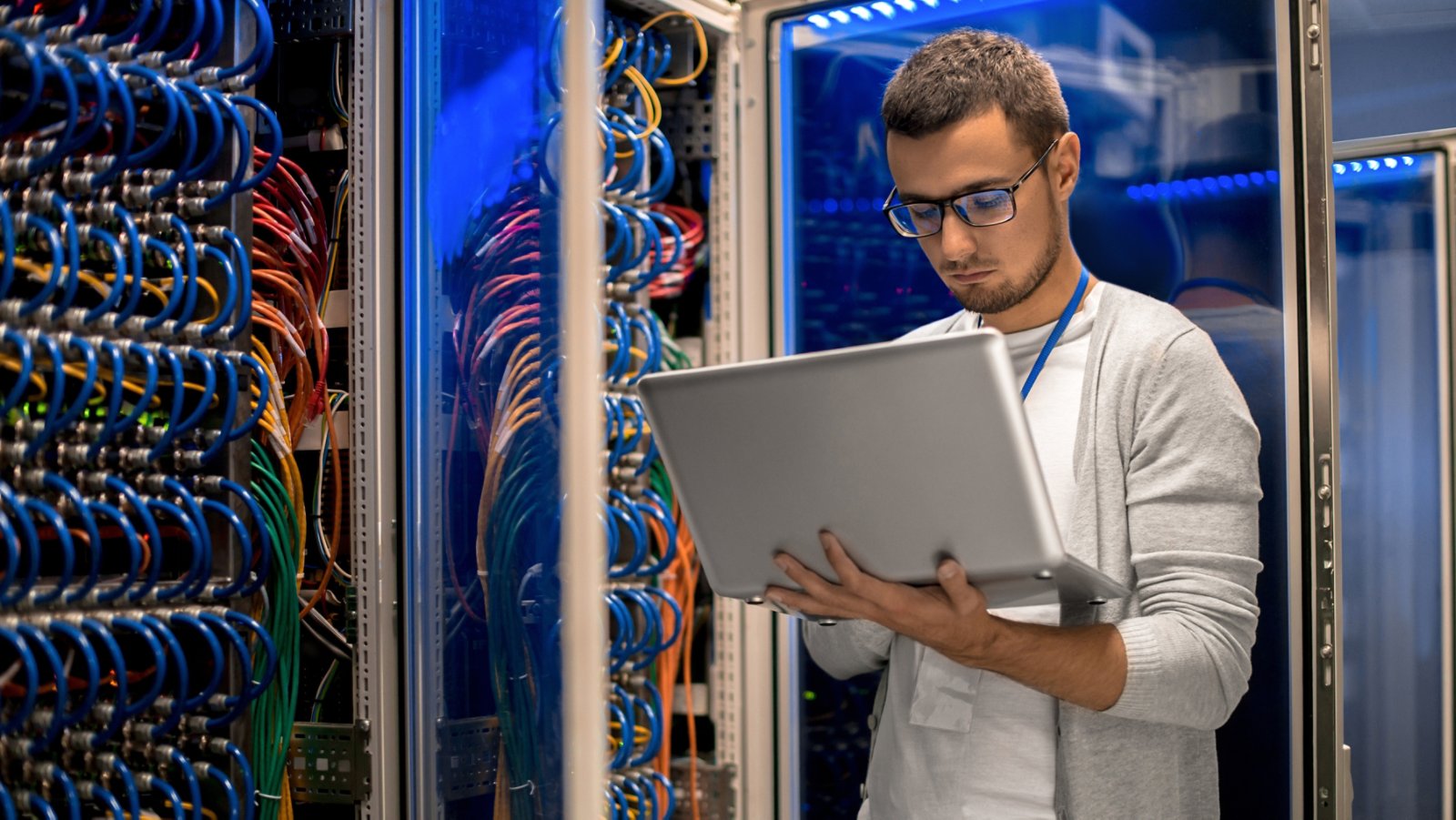
By: Guy Siviour
Technology, unlike fashion and many forms of art, seldom comes full circle. So, trend watchers may find it surprising that analog computers are on the verge of a renaissance.
Why the renewed interest in a technology that all but disappeared in the 1970s with the rise of digital computing? Functionality.
Analog computers are great at solving multiple complex calculations simultaneously—and digital computers are not. The capability, called parallel processing, makes analog technology ideal for applications in emerging fields like AI, quantum computing, and intelligent edge and advanced IoT.
It’s too soon to say that everything old is new again. Yet, as advanced disciplines evolve, I believe analog computing will be used alongside—or in place of—the technology that brought about the end of the first analog era.1
For organizations trying to stand out in crowded markets, a resurgence in analog computing may lead to process improvements and use cases that create unique competitive advantages.
Three challenges to digital computing
Digital (or traditional) computers have become victims of their own success. Three phenomena encapsulate both the progress digital computing has made and the obstacles the technology entails moving forward:
- Moore’s Law. The number of transistors that can fit on a computer chip has doubled nearly every two years since the mid-1960s, an observation we all know as Moore’s Law.2 However, chip components are now microscopic, so digital computer circuitry will eventually reach a point where transistor size can’t be reduced further.
- Von Neumann bottleneck. The von Neumann bottleneck is the slowdown that occurs when it takes longer to transfer data from one location to another for processing than it does to process the data.3 This bottleneck makes it exceedingly difficult to work with data in real-time, which weakens the foundation of modern, data-driven organizations.
- Energy consumption. The electricity needed to support modern IT systems increases exponentially as companies accelerate digital transformation. By 2030, global energy demand for the IT sector is projected to rise by 50% to 3,200 TWh,4 an amount that’s unsustainable as organizations strive to reduce environmental impacts.
These challenges are escalating at a time when companies need their systems to conduct increasingly sophisticated operations more efficiently and affordably.
A resurgence in analog computing may lead to process improvements and use cases that create unique competitive advantages.
What’s different about analog?
From an engineering standpoint, analog computers use physical properties like voltage and electric currents rather than binary digits (0s and 1s) to represent data. The design is ideal for solving complex mathematical calculations and simulating conditions that involve continuous change and variables—the types of operations digital computers struggle to perform.
Analog computers can also process data where it’s stored, eliminating the need to shuttle data between the central processing and memory units. The capability, called in-memory computing, is faster and consumes less energy than traditional computing.5
As manufacturers refine designs and scale production of smaller, more reliable analog computers and chips,6 acceptance of the technology should increase. Organizations may then use analog computers to:
- Simulate physical systems such as chemical reactions and fluid dynamics
- Model economic systems and optimize financial portfolios
- Train and test AI and machine learning models
- Process real-time data from sensors in safety systems
- Solve specialized problems involving complex mathematical operations
How to prepare for a future with analog computing
It will likely take years before analog computing returns to widespread use. However, organizations that start planning now for successful adoption should reap incremental benefits as the technology progresses.
Here’s how I suggest companies begin preparing for the next analog era:
1. Adjust your perspective
Forget what you know about large, often unreliable analog computers that require patch panels and cables to perform calculations. Modern analog computers are smaller, silicon-based machines built on the technology and engineering that underpin digital computers. The size and design of future-generation analog computers should complement digital computers,7 enabling hybrid applications that tap into the strengths of both computing models.
2. Start your education
Encourage innovation teams to research ways to use analog technology in your company, focusing on creating measurable business value. Internal guilds can promote discussion and information exchange throughout your organization and, in time, begin using online tools to explore uses of in-memory computing devices with AI.8
3. Identify use cases
Potential use cases for analog computing should increase as companies deploy generative AI more aggressively and quantum computing evolves. These advances, coupled with greater use of edge computing and IoT devices, appear particularly well-suited for applications in three areas:
- Neuromorphic computing. Designed to mimic neural networks in the human brain, neuromorphic computing uses analog circuitry to process large amounts of data simultaneously while consuming far less energy than digital systems.9 In time, the technology may help enhance edge computing and AI applications in video security, industrial machine vision and automation, and autonomous robots and drones.10
- Edge devices and IoT. Analog computers are a natural fit for running connected systems and IoT devices closer to the edge,11 where analog machines can deliver greater computing power and support AI applications more efficiently than digital computers. Future use cases may include security cameras that monitor for motion and, on the industrial side, sensors that detect anomalies in machinery.
- Speech and image recognition. Analog computers can create more natural interactions between humans and machines by processing sensory data like speech and video without converting it to digital signals.12 Real-time data processing supports continuous connectivity, which may enable more applications in autonomous cars or robots that rely on real-time imaging and vision sensors to operate.
Technology that’s always in style
Analog computers have never represented the flashiest breed of technology. However, if analog computing regains prominence, as many observers anticipate, history will again prove that true innovation always stays in style.
Guy Siviour is a consultant on Kyndryl’s Strategy and Transformation team and a member of the Quantum Tiger Team.
1 The unbelievable zombie comeback of analog computing, Wired, March 2023
2 What is Moore’s Law?, Our World in Data, March 2023
3 Addressing the memory bottleneck with in-memory computing, AIP Publishing, February 2023
4 Fact file: Computing is using more energy than ever, Frontier Group, October 2023
5 In-memory computing with emerging memory devices: Status and outlook, AIP Publishing, February 2023
6 IBM describes analog AI chip that might displace power-hungry GPUs, The Register, August 2023
7 What’s old is new again, Communication of the ACM, November 2023
8 Using the IBM analog in-memory hardware acceleration kit for neural network training and inference, AIP Publishing, November 2023
9 What are neuromorphic computers, Advanced Science News, March 2023
10 Rediscovering analog computing for achieving effective edge AI performance, Embedded, July 2022
11 How analog computing can boost edge AI power efficiency, Embedded, January 2023
12 Is analog computing the quiet computing revolution you haven’t heard of?, Quantum Zeitgeist, October 2023


